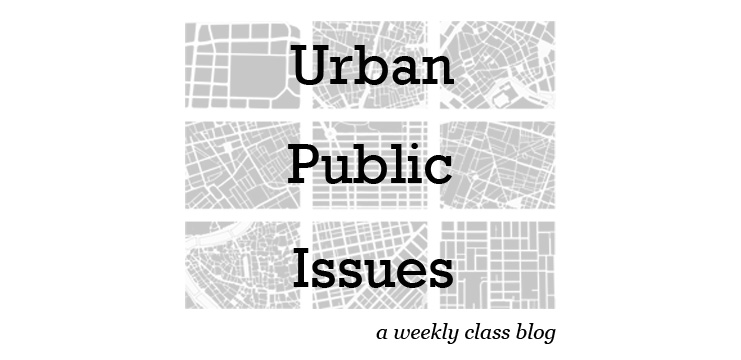If you close your eyes, and think of an urban area, what comes to mind? Is it a skyline that blocks out the sun, is it the sound of farm equipment working in the not to distant pasture. What ever your idea of an urban area is it will always be slightly different from one person to the next. All urban areas no matter how they are thought of are designed and planned out using key locations such as nodes and paths. Each and every area has a node that has been planned out and most likely is lead there by a path. These areas can be as purposely built as examples of Europe with town squares such as the St. Mark Square in Venice Italy. Then it can run to a more up and coming area of a new city such as the area around of Cowboys Stadium in Dallas Texas, where people are building around it to make it even more of a node. The way that these form or sometimes deliberate and sometimes it is just a surprise that they form and then are just thrown into an area which then tries to accommodate it as best it can. When this happens it leads to an up building trying to maintain and further the node until it is central to the idea of the area.
Some pictures for examples:
-This one of the Cowboys Stadium and how as soon as it was built became a node and many other companies and groups wanted to build around it turning it into a true node. A up start not truly designed one but still a good node.
-The squire of Brussels Belgium and how it was made into the focal point and node of the area to hold all type of events gatherings and anything conceivable by people.
We then continue to paths and edges going right along with the critique of a city. Paths and edges are used to not only open a city up but also keep parts of the city away from others. This can probably be seen best in areas such as New York City and Los Angles. In these two particular areas, paths lead from one area to the next but will not go through some of them to help try and avoid certain undesirable areas. This is because the cities wish to exclude parts such as dumps or the run down living areas. This is for the simple fact that they are not up to standard or attractive to the urban areas over all goals. These areas get second hand treatment and through such a edge or barrier is created to prevent them from being truly part of the city. This has been done over time as subtle as in LA where it is a drainage area separating to different sections of a city or to the far extreme in history such as the Berlin Wall. The idea is to separate the worse section of the city from that of the more prosperous and node region. Leading into the critique of a city that it favors some over others and does not fully support its entirety. When this happens it becomes clear that the city does not care about a certain area and has given up letting it go into ruin. This can be best seen today of a city slowly killing of sections of itself, in the example of Detroit Michigan.
Some more pictures as examples:
-The picture of a former opera house in Detroit and how the city has let it fall apart for it is no longer in a key location and so they have taking the path away from it and just let it fall into the worst part of the city.
- A drainage ditch in New Orleans used to separate one side from the other and by dueling such putting a physical edge between each other so that they will not be together and that there is someway to force the node to one side of the other to which the path will go as well.
